ASEAN car imports enjoy tax break
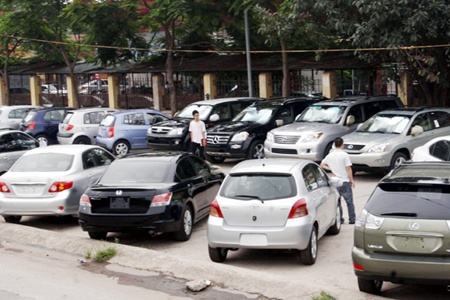 |
| Imported cars for sale in Ha Noi's Quang An market. Domestic customers could enjoy a 50-60 per cent tax cut on imported cars from ASEAN countries. — VNS Photo Truong Vi |
The tax cut comes following the earlier signing of the ASEAN Trade in Goods Agreement (ATIGA).
While ASEAN countries are not a center for automobile production, there are some large manufacturing giants, such as Japan's Toyota and Honda.
Statistics by the Customs Office revealed that 8,826 cars, worth nearly US$150 million, were imported to Viet Nam from Thailand and Indonesia in the first 11 months of 2013, more than double compared with the same period in 2012.
The Government's decision on tax cuts, issued in March 2013, has contributed to warming up the market, even during the current difficult economic times.
Most cities and provinces have reduced registration fees to ten per cent of the value of vehicles. HCM City began reducing the fee to 10 per cent as of January 1, 2014, while Ha Noi cut the tax to 12 per cent –the highest rate in the country.
Nguyen Van Thanh, chairman of the Viet Nam Automobile Transportation Association, said that although the economy remains difficult, the tax reduction will help increase the number of cars, especially privately owned autos, purchased in 2014 and the following years.
"I am sure that many people were waiting for the tax cut before buying a car," Thanh told tienphong.vn.
Nguyen Van Vinh, owner of an auto showroom on Ha Noi's Nguyen Van Cu Street, said many customers had recently visited his showroom, and often asked about tax reductions.
Owning a car is a dream for many people, but a transport expert has a visionary view for the future.
Former Director of Transport Publisher Nguyen Xuan Thuy said, "Look at the flow of vehicles in a congestion area, we can see that small cars are the main reason. A five-seat car always carries only one or two persons."
Thuy said the most important method to ease congestion is to limit the number of small cars, while quickly developing public transportation.
A statistic by the Ministry of Transport showed the "hot" growth rate of small cars, which annually increased by 17.23 per cent in the 2002-12 period in Ha Noi and 14.88 per cent per year in HCM City.
Head of the ministry's Transport Department Khuat Viet Hung revealed a study in Ha Noi showing that although the number of cars is only 10 per cent that of motorbikes, they occupy 55 per cent of the road space and 60 per cent of the parking places.
Hung said even countries with good public transport infrastructures, such as the Europe Union, have failed to avoid traffic jams caused by small cars and have remained passive in management of auto traffic.
At one time, China had a preferential policy to encourage each family to have one car, but they ended this policy in 2012 due to traffic congestion.
Hung, who also contributed to the ministry's project on developing transport methods in major cities in Viet Nam, said the project's orientation is not to prevent people from purchasing cars with high vehicle use or other fees.
But the project seeks to control the movement of vehicles using a number of methods, including collecting money for parking cars in certain areas in congested city centers.
What the stars mean:
★ Poor ★ ★ Promising ★★★ Good ★★★★ Very good ★★★★★ Exceptional
Latest News
More News
- Green policies and practices: catalyst or challenge (November 25, 2024 | 09:00)
- Vietnam National Assembly adopts amended Law on Pharmacy (November 22, 2024 | 19:09)
- Rice exports set to break records (November 21, 2024 | 17:53)
- German Quickpack to invest $31.7 million in Long An province (November 20, 2024 | 09:31)
- Reporting still to fully reach global norms (November 18, 2024 | 17:06)
- Trump’s second term impacts sci-tech activities and industry 4.0 technologies (November 18, 2024 | 10:00)
- VLCA 2024 honours corporate governance excellence as listed companies raise the bar (November 18, 2024 | 09:00)
- Trump's trade policies could shape Vietnam's economic outlook: Dragon Capital (November 15, 2024 | 16:56)
- Prioritising corporate governance for Vietnam’s sustainable growth (November 14, 2024 | 16:50)
- Vietnam eyes nuclear revival to bolster energy security (November 14, 2024 | 16:46)




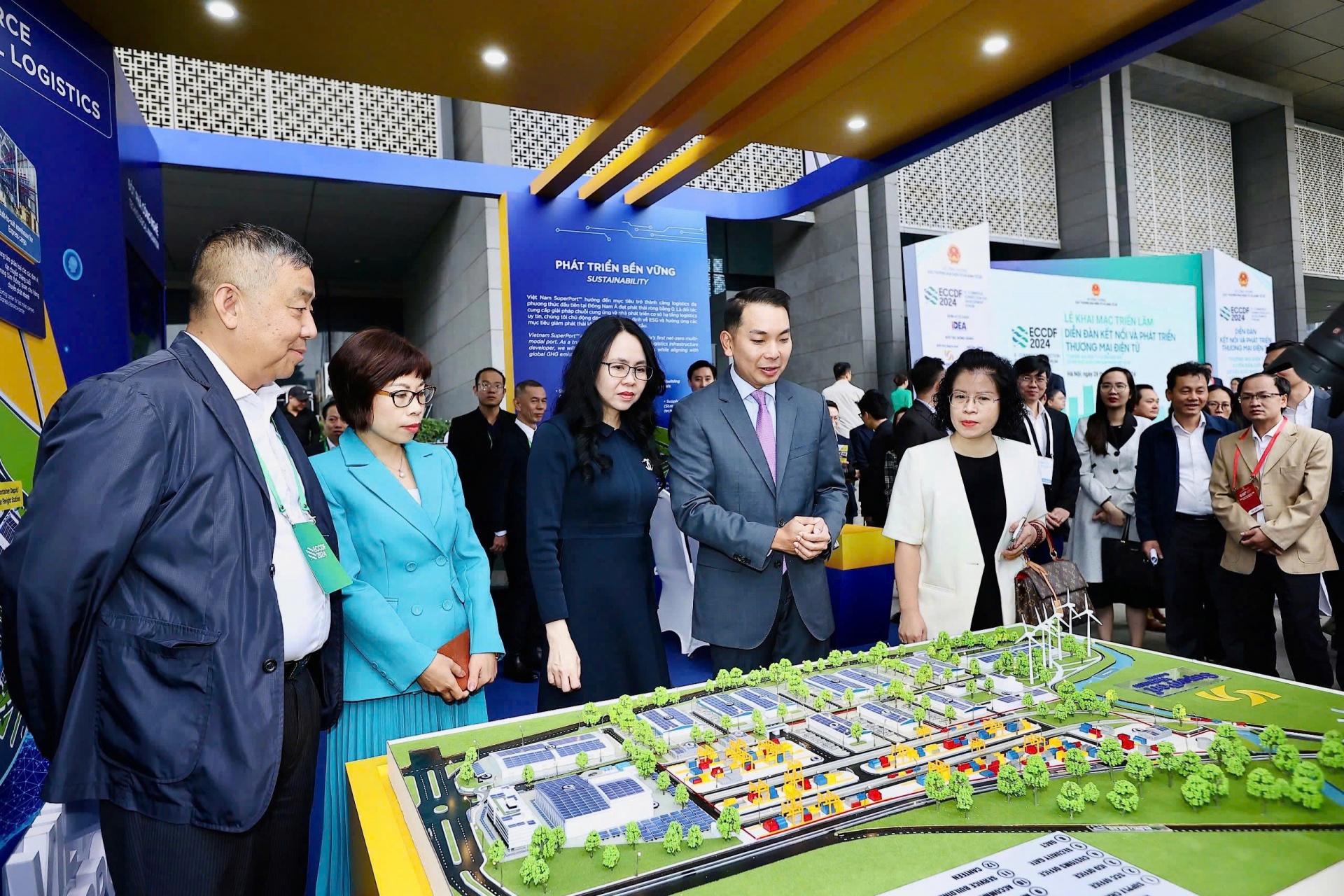
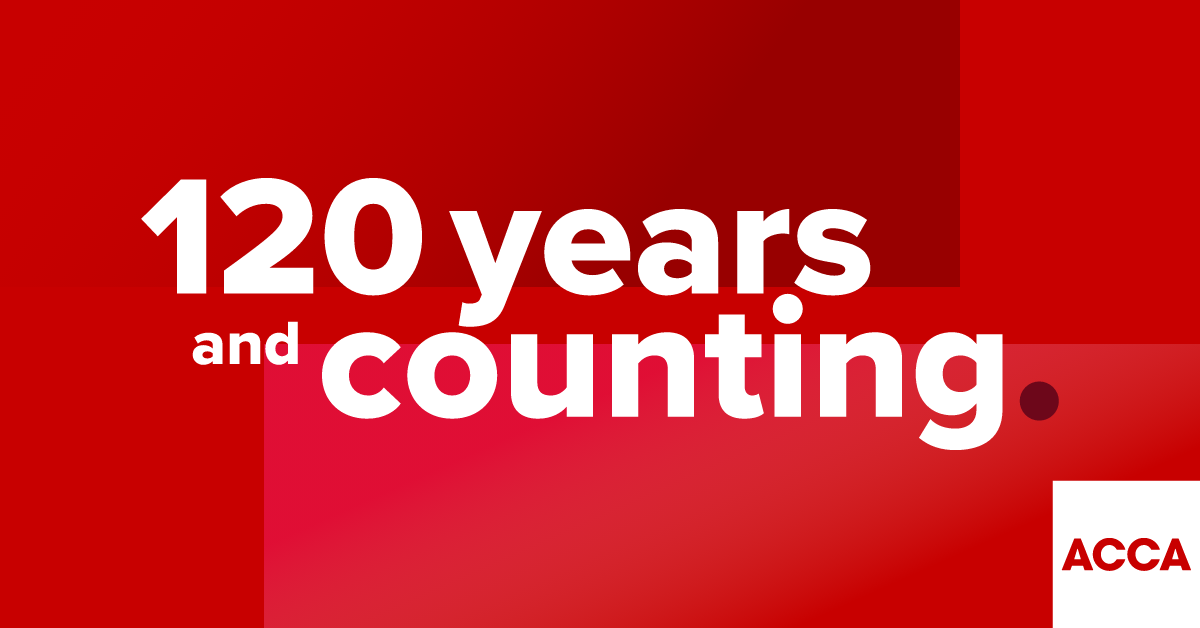

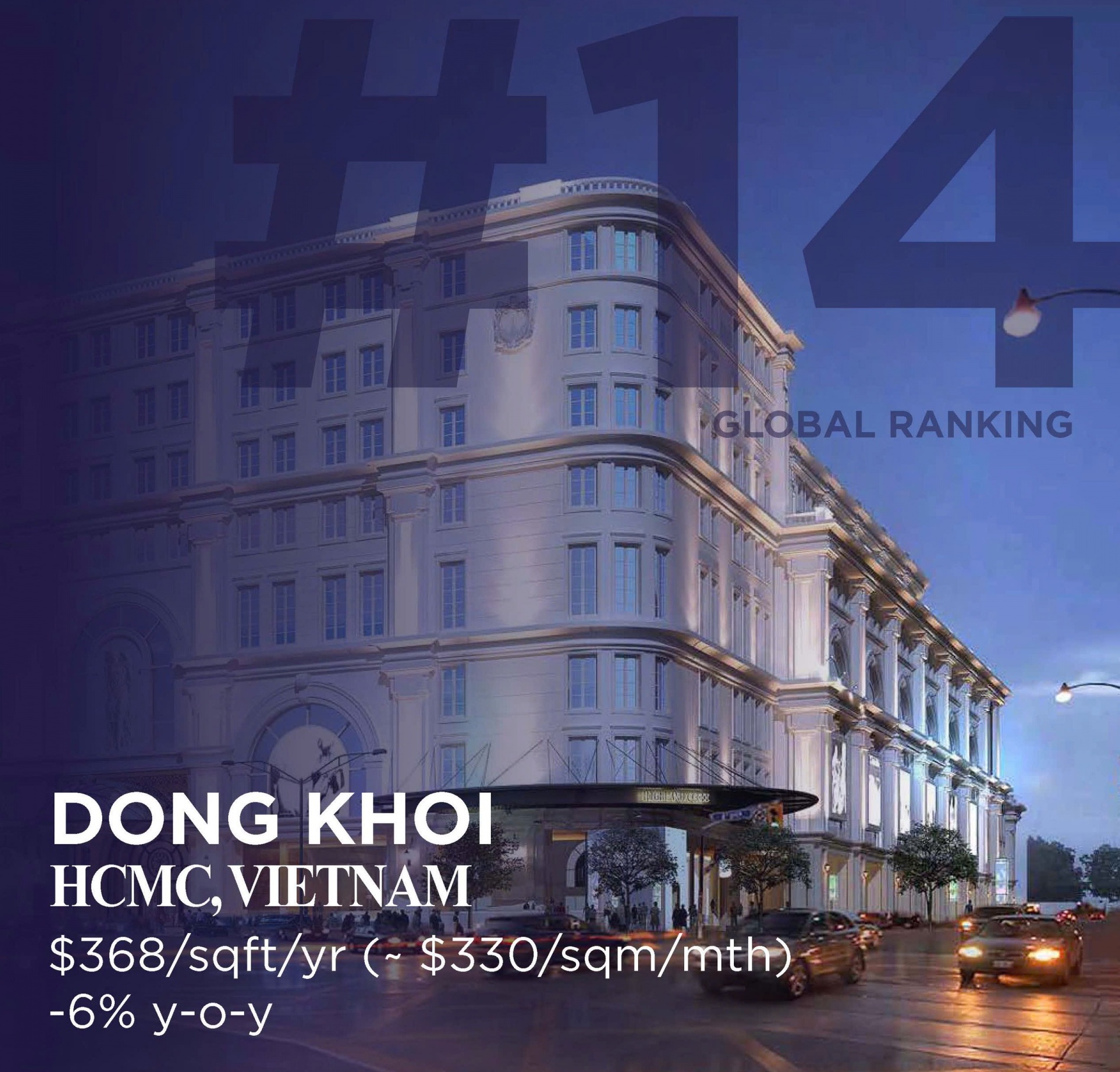
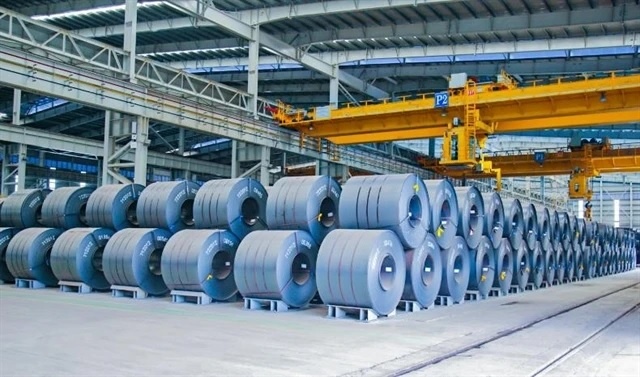
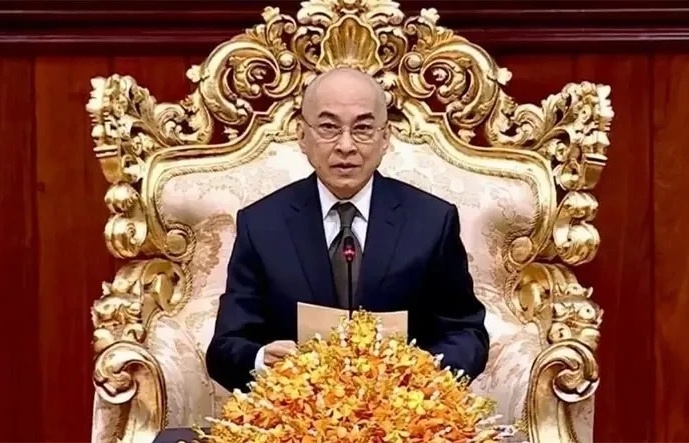






 Mobile Version
Mobile Version